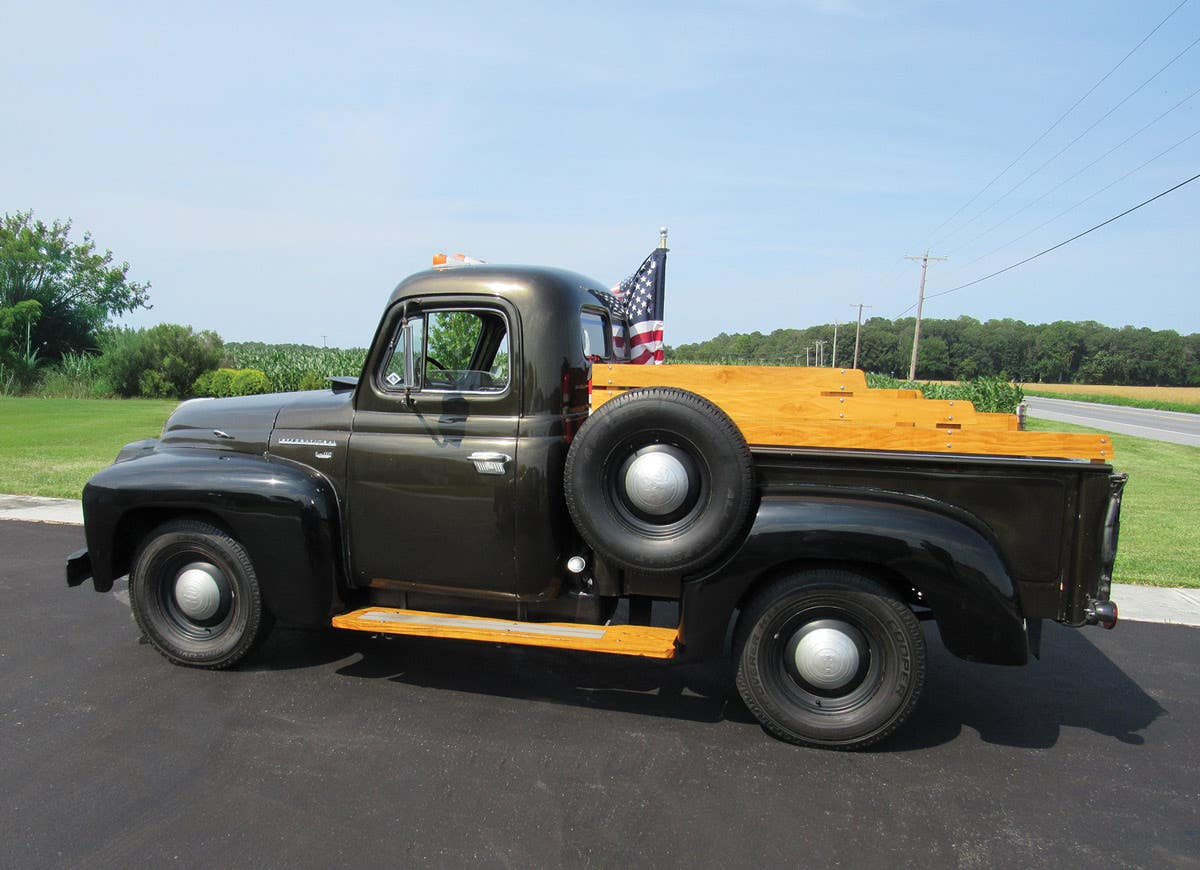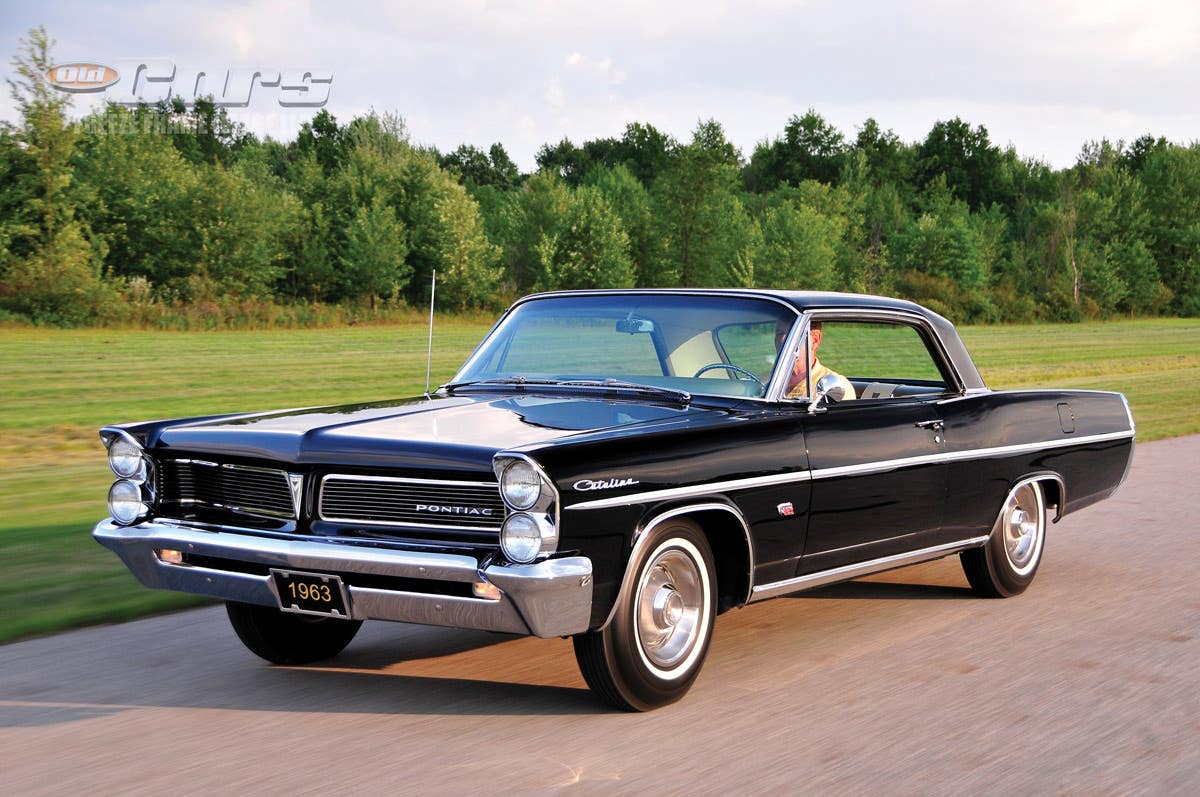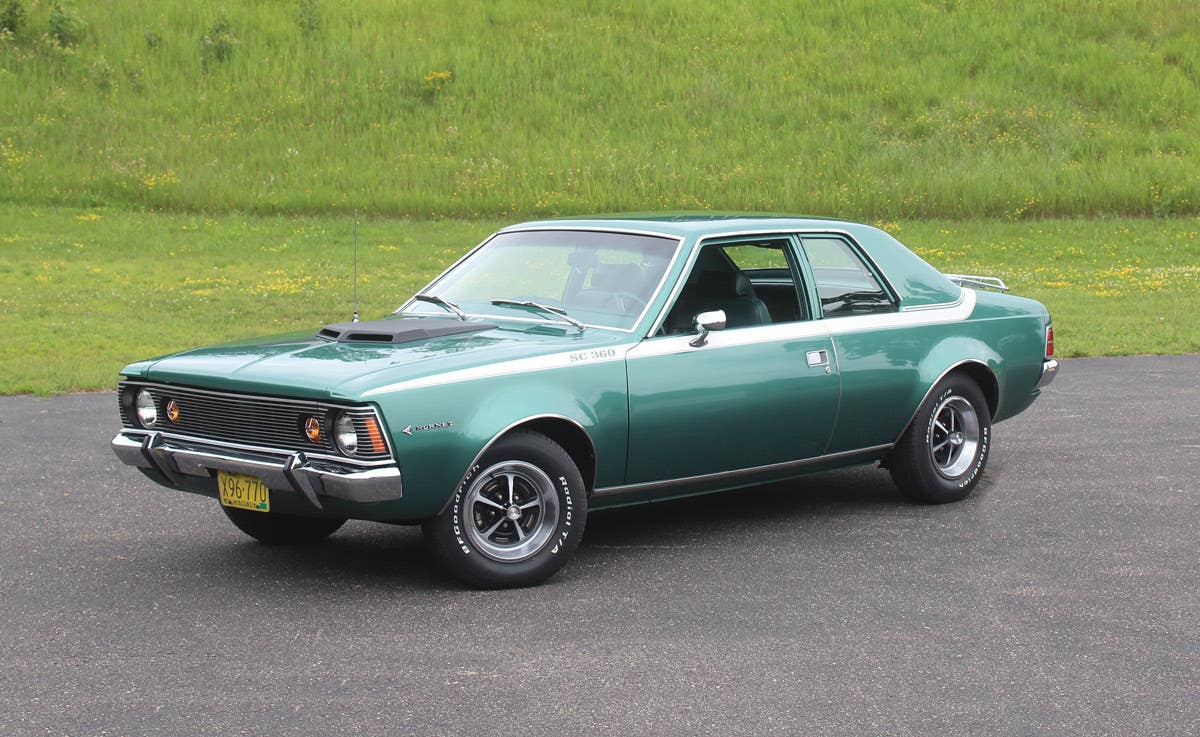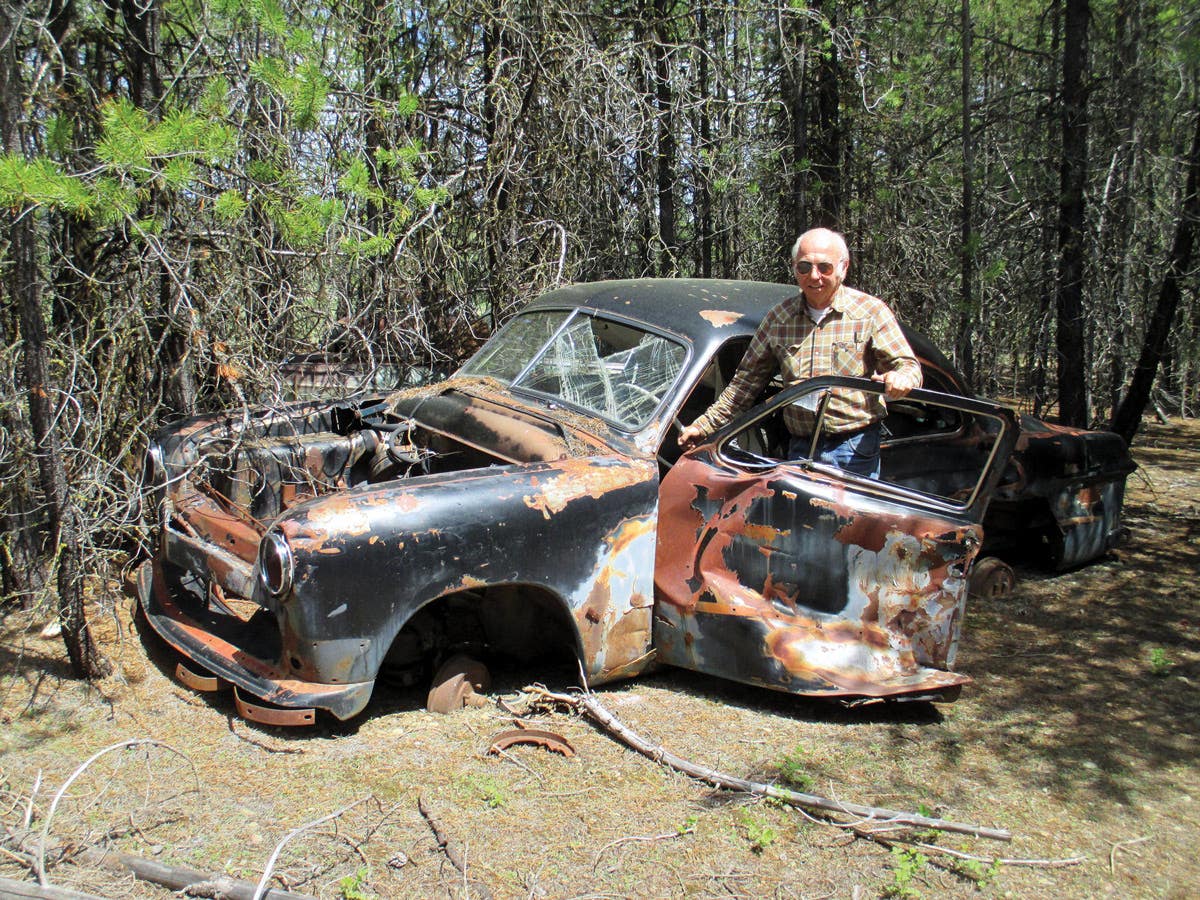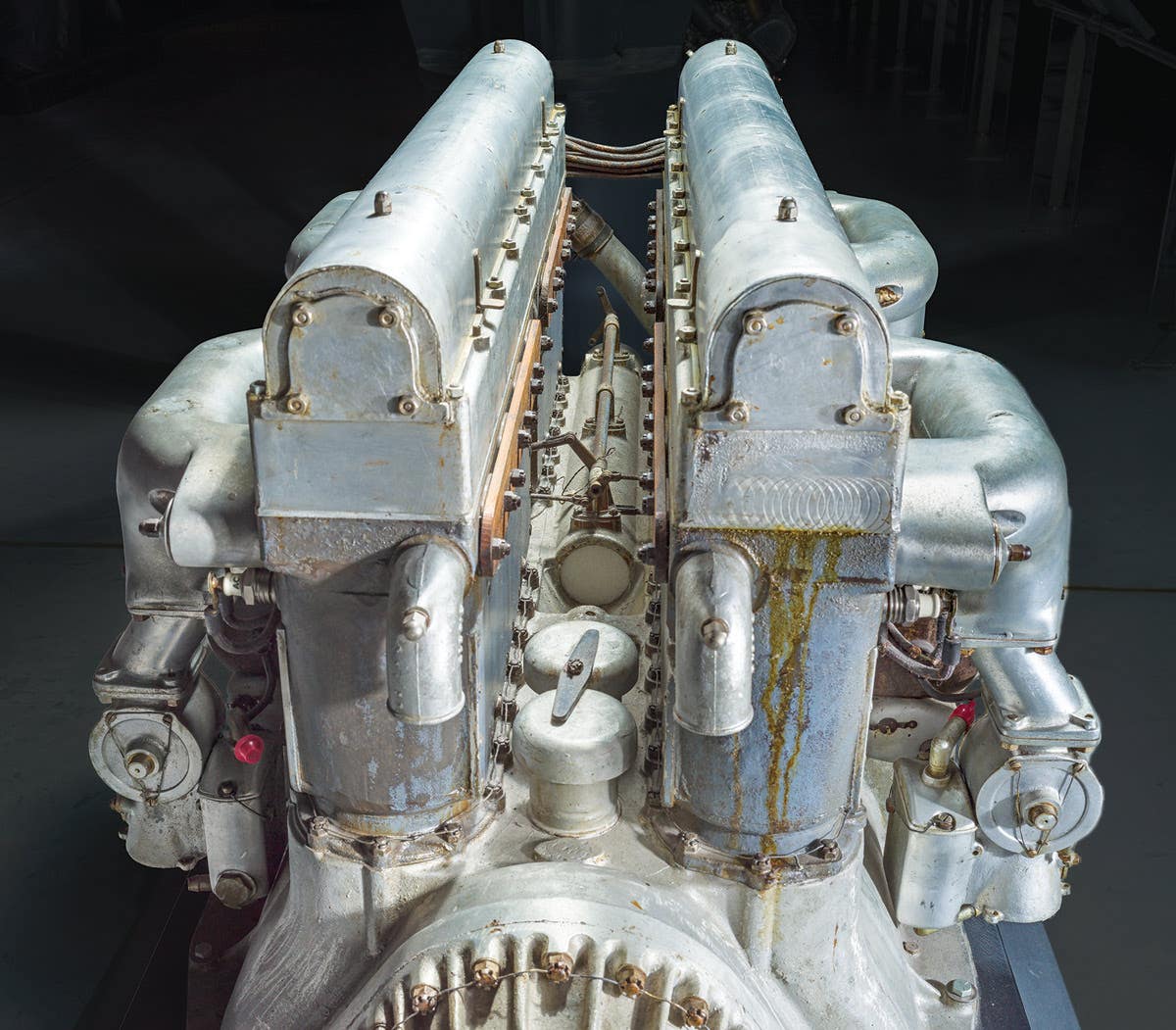Q&A with Kit Foster: June 6, 2013
Q. I know someone out there can tell me the brand on the car that belonged to the headlight ring on the right of this picture. I found it in…
Q. I know someone out there can tell me the brand on the car that belonged to the headlight ring on the right of this picture. I found it in my friend’s garage and it’s driving me nuts. The ring on the left is from a 1940 Ford Deluxe. I own a 1940 Ford Standard Tudor.
— Gary Hilton, Torrance, Calif.
A. Yes, someone can tell you. It brings back memories. My first car, a 1937 Ford, came with headlight rims like that. It had been converted to sealed beams with an aftermarket kit available back in the day. Sealed beams, with no integral parking bulb, required a second socket, bulb and lens for that purpose, and are the reason for the cutout at the bottom. The kit was applicable to all 1937 and ’38 Ford passenger cars, as well as 1939 Standards.
-------------------------------------------------------------
Q. Can a bad ammeter keep a car from starting once in a while? The car is a 1966 Chrysler 300. The ammeter always worked before I was told this, and the car always starts.
— Richard Symon, Glendale, Ariz.
A. I’m not sure how the ammeter is connected on your car. I think that in general the starter relay or solenoid (some cars have both), or the starter itself, would be a more likely cause. On one of my more modern cars I spent a month chasing an intermittent no-start condition, changing several relays only to find that the starter itself had been slowly dying. When it finally croaked, the cause became obvious.
-------------------------------------------------------------
Q. Regarding Mr. Seebacher’s problem with his Lincoln Town Car door handle (May 9), here in the Northeast the Town Car is still the limo/taxi of choice. There are many shops in the Queens, N.Y., area that specialize in repairing these cars, and many knockoff parts are even made in China and sold here. If a junkyard search does not yield a result, I am certain an Internet search will find what he needs. These cars are routinely used for 300,000 to 500,000 hard miles, and this very breakable part has to be readily available.
— Vincent Spampinato, Jamesport, N.Y.
A. That’s a good suggestion. It reminds me of an article I read recently about shops in the New York City area that specialize in making quick repairs to Ford Crown Victorias, keeping the Big Apple’s taxi fleets on the road. Now that various hybrids are making inroads into that market, not to mention the upcoming Nissan Taxi of Tomorrow, I wonder how long that industry will last.
-------------------------------------------------------------
Q. I’m in the process of restoring a 1978 Chevy El Camino. I’m looking for a factory assembly manual. I’ve looked and looked for one but no can find. Any ideas? I can find service manuals, but that’s all.
— Ron Sprecher, via e-mail
A. The assembly manuals for some of the more popular Chevys, like the 1955, ’56 and ’57 models, have been reproduced, but those for others, particularly 1970s and later, are hard to find. On an Internet search I was only able to find assembly manuals for 1964-72 El Caminos. Does anyone one have any hints?
-------------------------------------------------------------
Q. Since all cars manufactured in the United States are left-hand drive, why do makers vary gas tank openings from left to right? I consider the right-hand openings to be inconvenient. Why don’t designers see this, too?
— Mel Foehse, Florissant, Mo.
A. Actually, there are a few cars built here with right-hand drive, principally by the Japanese “transplant” companies. Some models that were designed with the U.S. in mind, and are most popular here, have developed markets in Japan, a right-hand drive country, though not sufficient to justify a Japanese assembly line. Those cars are built here with right-hand drive and shipped across the Pacific. As to what factors go into the decision of where to put the fuel filler, I don’t know. Are there any design engineers in our readership who can shed light on this?
I have owned cars with fill ports left, right and center (back in the days when center-fill was popular), and don’t have any particular preference. My own annoyance has been choosing the correct side for pump approach when driving an unfamiliar car, such as with a rental. Thankfully, automakers now provide this information with a subtle arrow on the fuel gauge.
To submit questions to this column: E-mail angelo.vanbogart@fwmedia.com or mail to: Q&A, c/o Angelo Van Bogart, 700 E. State St., Iola, WI 54990-0001.
Got Old Cars?
If you don't subscribe to Old Cars Weekly magazine, you're missing out on the only weekly magazine in the car hobby. And we'll deliver 50 issues a year right to your mailbox every week for less than the price of a oil change! Click here to see what you're missing with Old Cars Weekly!
More Resources for Car Collectors:
- Classic car price guides, research, books, back issues of Old Cars Weekly & more
- Get expert restoration advice for your classic car
- Get car pricing, data and history all in one place
- Sign up for Old Cars Weekly's FREE email newsletter
- Need to buy or sell your classic car? Looking for parts or memorabilia? Search our huge online classified marketplace



